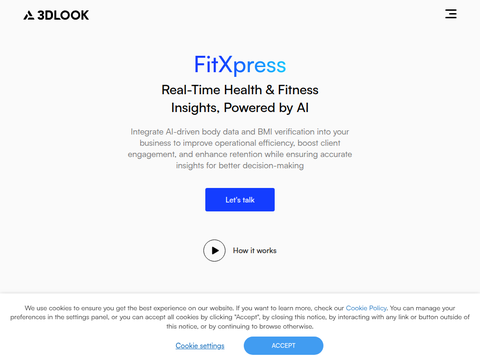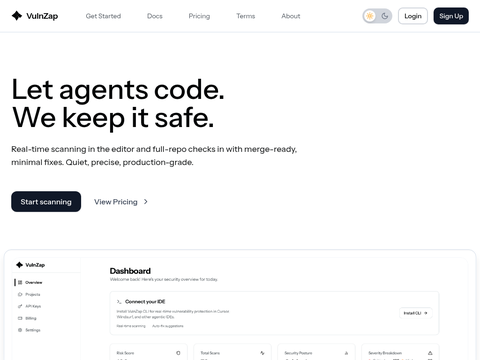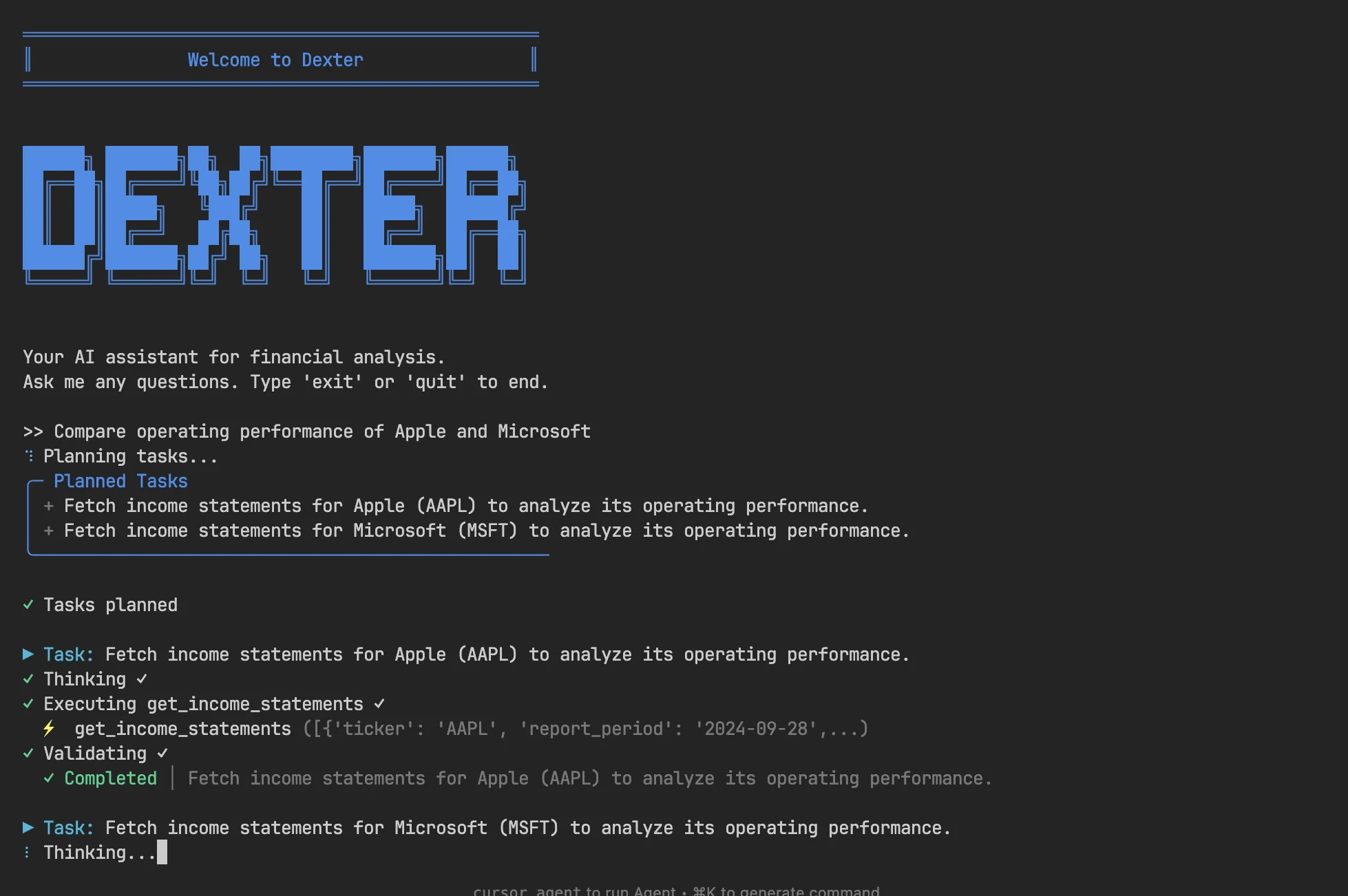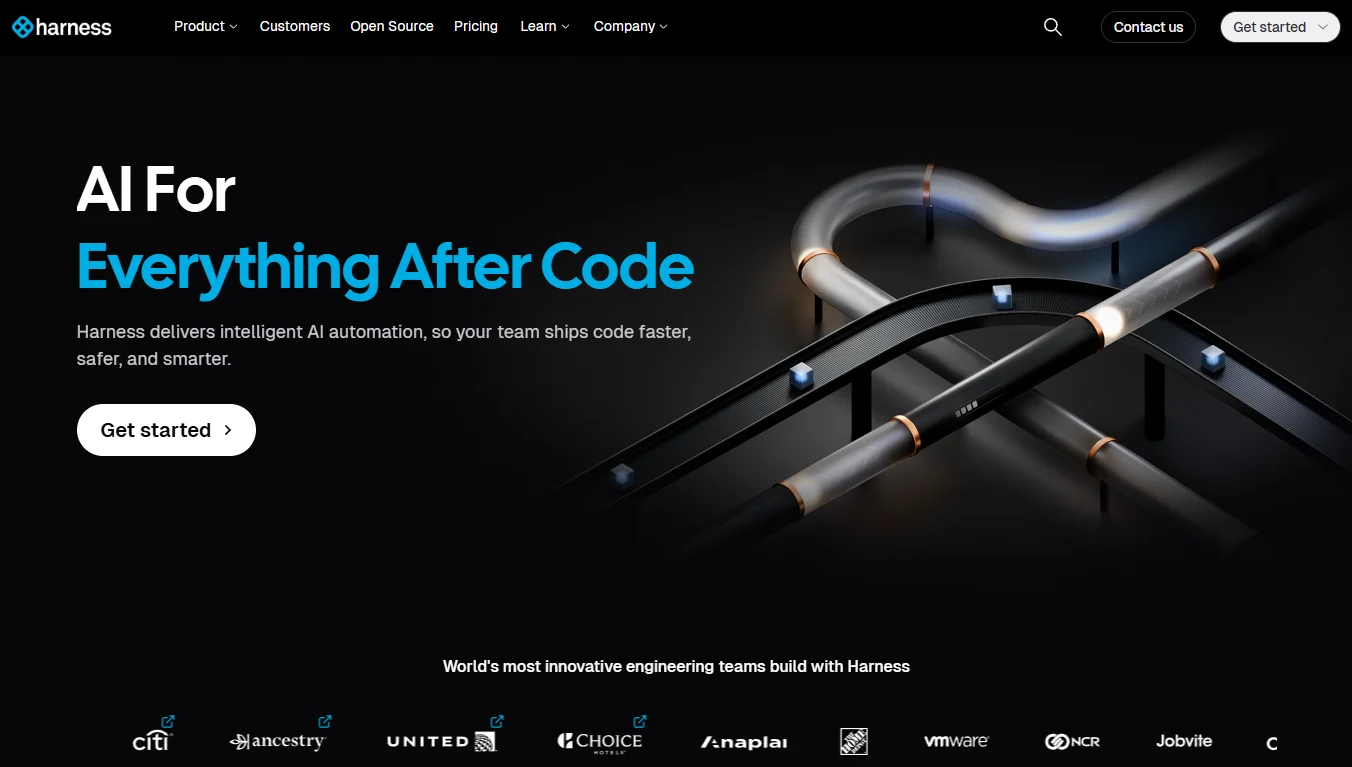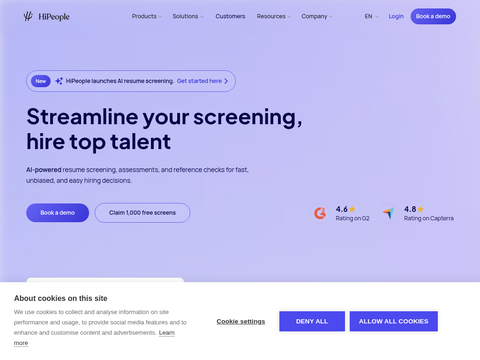Meta has placed a significant bet on Arm's data center strategy, announcing a multi-year collaboration to migrate its AI ranking and recommendation systems to Arm's Neoverse platform. The algorithms responsible for determining what billions of users see on Facebook and Instagram will soon run on Arm-based hardware instead of traditional x86 processors.
This move comes at a critical time for Meta, which anticipates spending up to $72 billion this year on AI infrastructure. At such a massive scale, power efficiency becomes a make-or-break factor. Data centers measured in gigawatts demand a fundamentally different computing approach.
Unlike recent AI infrastructure deals, the Meta-Arm partnership does not involve equity stakes or physical infrastructure exchanges. NVIDIA recently pledged $100 billion in computing resources to OpenAI, while AMD offered computational capacity in exchange for stock options valued at up to 10% of the company. Meta's arrangement with Arm is straightforward: a pure technology collaboration centered on efficiency improvements.
The technical premise is simple. Meta claims that platforms based on Arm’s Neoverse architecture will deliver superior performance and lower power consumption compared to x86 systems, achieving a better balance between performance and energy use at hyperscale. When constructing facilities like Meta’s “Hyperion” in Louisiana—spanning 2,250 acres and designed to provide 5 gigawatts of computing capacity—minor efficiency gains can translate into hundreds of millions of dollars in annual savings.
Arm reports that by 2025, nearly 50% of computing delivered to top hyperscalers will be based on Arm, compared to nearly zero when Neoverse launched six years ago. AWS led the way with its Graviton processors, followed by Microsoft and Google, both of which have developed their own custom Arm chips.
This trend accelerated this week as OpenAI announced a partnership with Broadcom to develop a 10-teraflop custom AI accelerator, with reports indicating that Arm will design the CPU components. OpenAI’s timeline—deployment expected between late 2026 and 2029—highlights how custom silicon has become a strategic imperative for AI leadership. Economics drive this shift: a 1-gigawatt data center costs roughly $50 billion, with $35 billion attributed to NVIDIA’s chip pricing. Custom chips can cut these costs by up to 30% while simultaneously boosting efficiency.
Meta and Arm have optimized Meta’s AI infrastructure stack for the Arm architecture, including PyTorch and Facebook’s GEMM library. These optimizations will be contributed back to the open-source community, benefiting any developer building on Arm-based platforms.
What’s significant here is not just the technical shift but the validation. With Meta joining AWS, Google, and Microsoft in betting on Arm for AI workloads, it signals a fundamental transformation in the data center architecture war. At the gigawatt scale, power efficiency is no longer optional—it’s essential.


